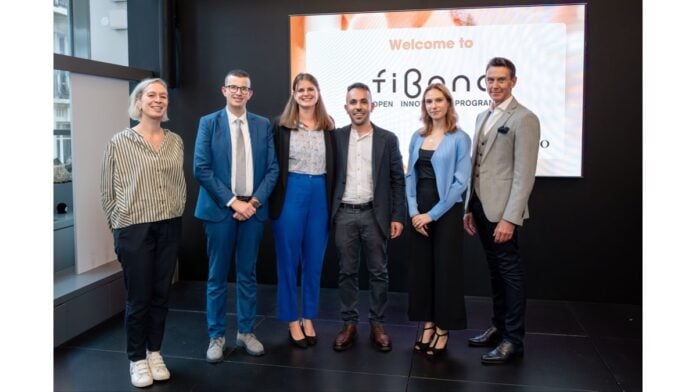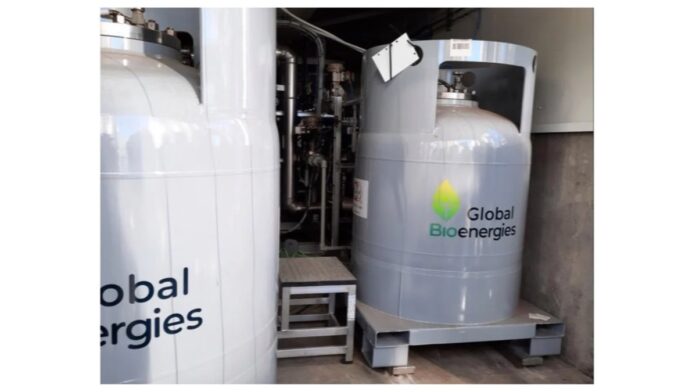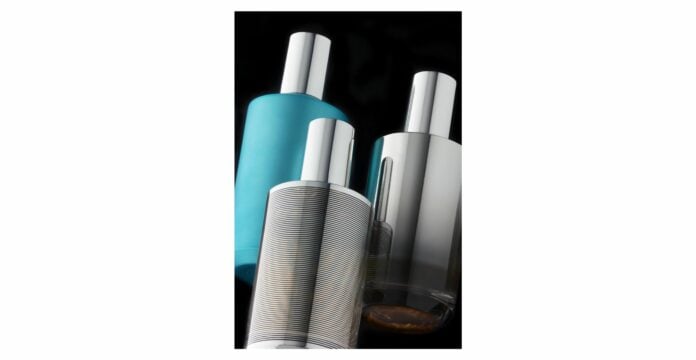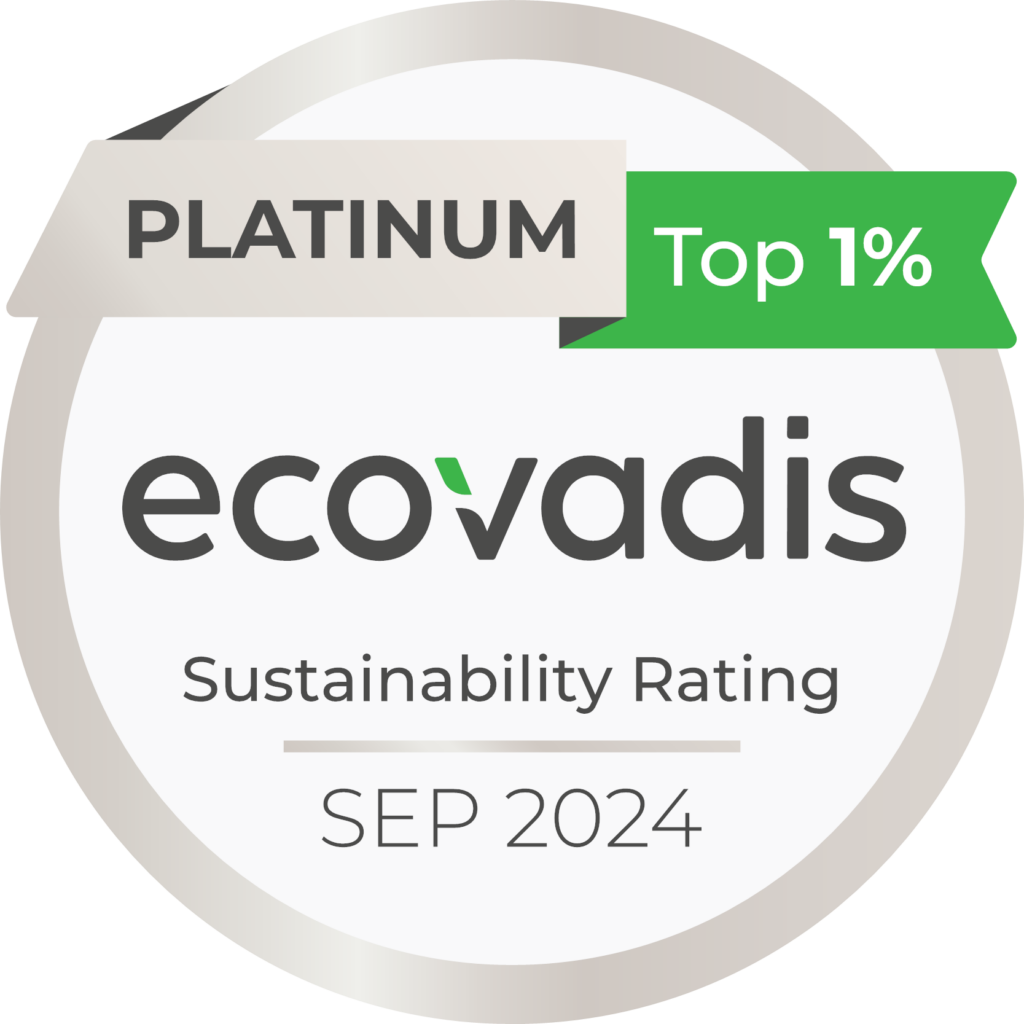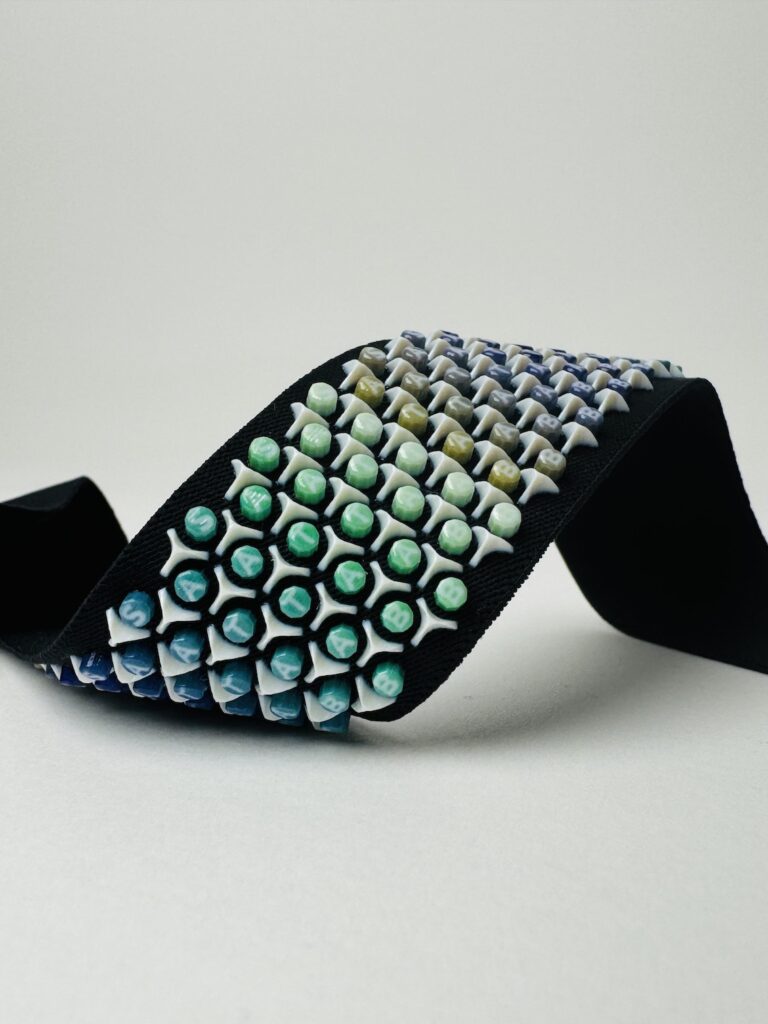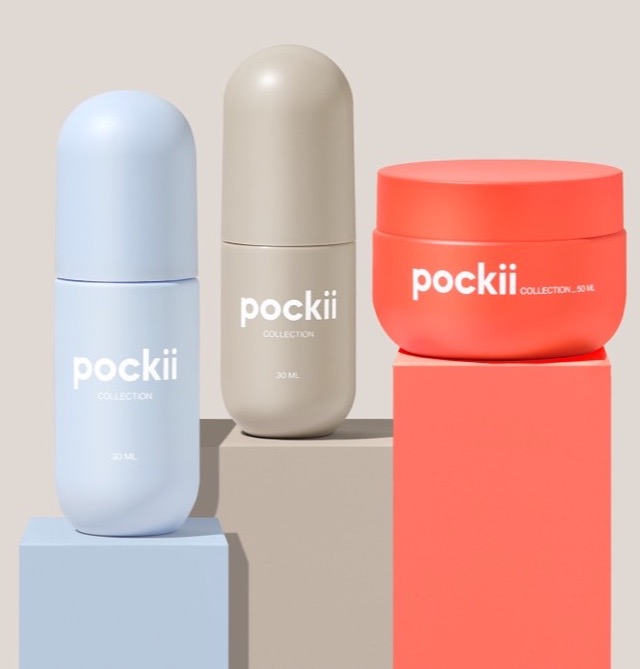At the 10th Cosmetic 360 trade show, held in Paris on October 16 and 17, 2024, seven companies were honored by a jury of journalists from the French and international trade press.
The jury met to select the most avant-garde innovations from among the 350 exhibitors' products, in six categories. A special "Coup de Coeur" award was also considered for the best "longevity-durability" innovation, the theme of this year's show.
Winner in the "raw materials" category, Seprify was rewarded for its cellulose-based complexion enhancer as an alternative to titanium dioxide. Seprify has developed a cellulose-based ingredient with properties similar to those of titanium dioxide, the fruit of 10 years' research. The startup aims to offer a natural, more sustainable alternative to heavy metal oxides. Although not yet registered as a pigment, this multifunctional ingredient of plant origin matifies, smoothes texture, provides a soft-focus effect and whitens.
Global Beauty Consulting (GBC) was the winner in the "formulation" category. Its foundation beauty sponge won over the jury. GBC has designed a product that becomes its own applicator! By transposing techniques from other sectors, such as wet granulation and extrusion, the company was able to give its highly natural foundation formula the consistency of an applicator sponge. This is applied directly to the skin by tapping, as with a make-up sponge, for a second-skin finish. This hybrid product is the result of an energy-efficient cold manufacturing process.
In the "testing & analysis" category, Revivo BioSystems won an award for its chronological aging testing platform with 4D skin model. The testing platform in vitro Revivo BioSystems' automated organ-on-a-chip system uses a perfusion system that mimics blood microcirculation under reconstituted skin. This physiological 4D skin model makes it possible to monitor chronological aging, without oxidative stress, and to assess the anti-aging efficacy of ingredients and formulations.
In the "packaging & packing" category, BR Conditionnement won an award for its BRC niugreen dry cleaning process for perfume bottles. This water-free cleaning process for glass bottles uses supercritical CO2 (bio-CO2 from methanization), a cleaning agent widely used in the medical field. This solvent ensures sterilization while preserving the integrity of the container and the silkscreen. BR Conditionnement cleans crimped-pump perfume bottles for reuse, in compliance with the microbiological requirements of Good Manufacturing Practice.
Awarded in the "brands & retail" category, Amoi offers mood-boosting scents. Based on neuroscience, the Amoi line of fragrances has been developed to boost the wearer's emotional state. Relaxation, focus, joy or energy, the composition of each fragrance is based on the ability of certain molecules to stimulate neurotransmitters. Their effect on mood has been measured by a specialized independent laboratory.
Winner in the "manufacturing process" category: Arboretum Ingredients for its patented, environmentally-friendly ultrasonic extraction process, using ultrasonic equipment and tree sap as natural Nades.
For its part, Greentech was awarded the special "Coup de Coeur" prize for Timelys, an active ingredient that stimulates longevity genes derived from the study of adaptogenic plants. These plants represent a breeding ground for molecules with longevity-prolonging properties for the skin. Greentech was interested in the Schisandra chinensis whose berries play an important role in traditional Asian medicine. The company has extracted Timelys, an active ingredient concentrated in schisandrin, whose global action stimulates the expression of longevity genes and optimizes interconnected skin cell functions. By targeting the various markers of skin longevity (autophagy, mitochondrial metabolism, reduced inflammation, skin barrier, etc.), Timelys preserves and restores, according to Greentech, better skin quality over time. The studies in vitro and clinical studies (three cohorts) show improved hydration and radiance, smoother skin texture and reduced wrinkles.
Photo: © Olivier Bonnet, Sylvain Bachelot for Cosmetic 360





